[ベスト] flyway barrier 302610-Flyway barrier
Migratory flyway and geographical distance are barriers to the gene flow of influenza virus among North American birds Download Related Papers Interspecific exchange of avian influenza virus genes in Alaska the influence of transhemispheric migratory tendency andIf necessary, you may redirect flight paths up and away from neighboring properties by using barriers such as hedges, shrubs, fabric, or fencing elevated in front of the hive entrance(fig 2) Hive placement and hive density is situational;UK) was made of 1 × 1 m panels consisting of 11 horizontal and 11 vertical wooden planks 36 cm wide spaced at equal intervals and resulting in 100 143 × 143 cm empty gaps per panel, or 614% gap space The hedge barrier was made of large freshlycut birch (Betula sp)

Journal Of Biogeography Vol 48 No 6
Flyway barrier
Flyway barrier-Flyway barriers must be installed if the colony is less than 25 feet from the property line The flyway barrier must extend 10 feet in either direction from the hive along the property line Barriers may be made of a wall, fence, or dense vegetationBeekeeper to maintain a sixfoot flyway barrier between his property and that of his neighbor's adjoining property Is there an education requirement to keeping bees?




Keeping Bees In Portland Portland Gov
The flyway barrier must continue parallel to the lot line of the apiary site for ten (10) feet in both directions from the hive, or contain the hive or hives in an enclosure at least six (6) feet in height 4 A flyway barrier is not required if the hive is located on a rooftop or if the lot abutting the lotThe flyway barrier shall consi st of a wall, fence, dense vegetation or a combination thereof and it shall be positioned to transect both legs of a triangle extending from an apex at the hive to each end point of the part of the property line to be shielded;Migratory flyway and geographical distance are barriers to the gene flow of influenza virus among North American birds Tommy Tsan Yuk Lam, Hon S Ip, Elodie Ghedin, David E Wentworth, Rebecca A Halpin, Timothy B Stockwell, David J Spiro, Robert J Dusek, James B Bortner, Jenny Hoskins, Bradley D Bales, Dan R Yparraguirre, Edward C Holmes
In sum, these data strongly suggest that the intracontinental spread of AIV by migratory birds is subject to major ecological barriers, including spatial distance and avian flyway Keywords avian influenza, phylogeography, evolution,No such flyway barrier shall be required if all beehives are located at least twentyfive (25) feet from all property lines and for beehives that are located on porches or balconies at least ten (10) feet above grade, except if such porch or balcony is located less than five (5) feet from aThe flyway barrier can be solid, vegetative, or a combination of the two that forces the bees to cross the property line at a height of 6 feet All bee colonies must be located at least 25 feet from a public sidewalk, alley, street, or roads
Maintain a flyway barrier at least 6 feet in height consisting of a solid wall, fence, dense vegetation or combination thereof that is parallel to the property line and extends beyond the colony in each direction B All properties, or portions thereof, where theA solid fence or dense hedge, known as a "flyway barrier," at least six (6) feet in height, shall be placed along the side of the beehive that contains the entrance to the hive, and shall be located within five (5) feet of the hive and shall extend at least two (2) feet on either side of the hive§ 364 CONSTRUCTION OF FLYWAY BARRIER (A) Except as provided in Subsection (B), a person who keeps a colony within 25 feet of the property line of a tract, as measured from the nearest point of a hive to the property line, shall establish and maintain




Eau Claire Wi S Push For Urban Bees Wisconsin Honeybee Resources Assessment




Best Practices For Urban Beekeepers B A S C
The ideal barrier is at least 6 feet high and consists of a solid wall, fence, dense vegetation or combination thereof and extends 10 or more feet beyond the colony (ies) in each direction This will force the bees to fly at an elevation of at least 6 feet above ground level over the property lines in the vicinity of the apiaryFlyway Version control for your database Robust schema evolution across all your environments With ease, pleasure, and plain SQL Get started with Flyway Stay updated about Flyway Get all the latest guides, community news, product updates, and resources 40,000,000 downloads inIf you need to ship Flyway Teams edition with your own product, we also offer redistributable licenses The industry standard tools for 21 years Redgate has specialized in database software for 21 years Our products are used by 804,000 IT professionals, in more than 100,000 companies



2
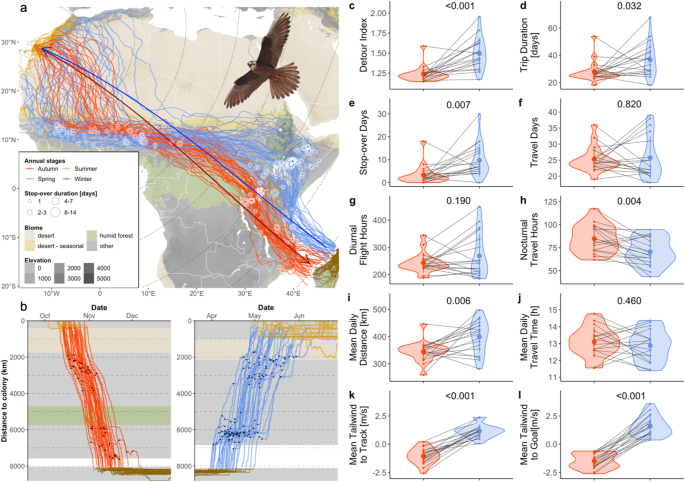



Adaptive Drift And Barrier Avoidance By A Fly Forage Migrant Along A Climate Driven Flyway Movement Ecology Full Text
The flyway barrier shall consist of a wall, solid fence, dense vegetation, or a combination thereof extending five feet beyond the hive in each direction A flyway barrier of dense vegetation shall not be limited to seven feet in height provided that the initial planting is four If colonies simply must be closer to the property line, for example – if you have a very small yard, you should create a flyway barrier at least 6 The enclosure area will be 12' wide and 16' deep Open to any ideas for a flyway barrier that is functional but will blend into the yard scape without costing a fortune F FlowerPlanter Registered Joined 4,646 Posts #2 The bees will go over lattice, it will work to force the bees to fly up ruthiesbees Registered




Beekeeping Sample Site Plan Sketch Ppt Download
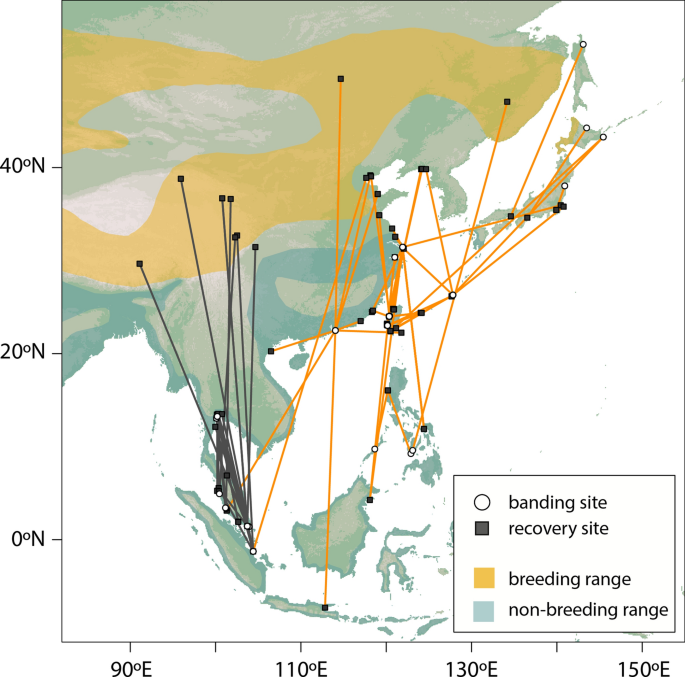



Shorebirds Wintering In Southeast Asia Demonstrate Trans Himalayan Flights Scientific Reports
Most ordinances require a sixfoot tall flyway barrier at the hive exit which forces bees to fly up and away, reducing their contact with humans Many ordinances have requirements, such as 1 The barrier be located a certain number of feet from the hive (eg 35 ft) 2 It extends anywhere from 210 feet on either side of the colony 3 While a smaller portion of the coast, the Altamaha River Delta, is already designated as a Site of Regional Importance under the Western Hemisphere Shorebird Reserve Network (WHSRN), the goal of the CEC project was to support designation of the entire 160km stretch of barrier islands as a Landscape of Hemispheric Importance In this tutorial, we'll explore key concepts of Flyway and how we can use this framework to continuously remodel our application's database schema reliably and easily In addition, we'll present an example of managing an inmemory H2 database using a Maven Flyway plugin Flyway updates a database from one version to the next using migrations



Birdlife Data Zone




Beekeeping Page 3 Wandering Creek Acres
Barriers were 2 m high, which is taller than > 99% of humans and is also the maximum height allowed by UK planning regulations for garden fences orA flyway barrier at least 6 feet in height shall shield any part of a property line that is within 25 feet of a hive The flyway barrier shall consist of a wall, fence, dense vegetation or a combination thereof and it shall be positioned to transect both legs of aThe flyway barrier shall consist of a wall, fence, dense vegetation or a combination thereof and it shall be positioned to transect both legs of a triangle extending from an apex at the hive to each end point of the part of the property line to be shielded Not to scale 25 ft E o Q U o U E E E E




No Barriers No Borders Northern Flyway




Migratory Flyway And Geographical Distance Are Barriers To The Gene Flow Of Influenza Virus Among North American Birds Semantic Scholar
Flyway barrier means a solid wall or fence that is parallel to a hive's entrance so that all bees are forced to fly at an elevation of at least six (6) feet above ground level over the property lines in the vicinity of the hive or colony Hive shall mean a structure intended for4) Flyway Barriers For beehives that are to be placed at ground level, a flyway barrier at least six feet in height, but no greater than seven feet in height, shall be erected parallel to the property line between the hive opening and any property line located ten feet or less therefrom The flyway barrier shall consist of a wall, fence, dense vegetation or a combination thereof and it shall be positioned to transect both legs of a triangle extending from an apex at the hive to each end point of the part of the property line to be shielded The owner, operator, or tenant obtains a license under Sec 953, MGO




Relationship Between Our Framework And Previous Study For Regulatory Download Scientific Diagram



2
Migratory flyway and geographical distance are barriers to the gene flow of influenza virus among North American birds Ecol Lett 12 Jan;15(1)2433 doi /jx Route choice and travel performance of flyforage migrants are partly driven by largescale habitat availability, but it remains unclear to what extent wind support through largescale wind regimes moulds their migratory behaviour We aimed to determine to what extent a transequatorial flyforage migrant engages in adaptive drift through distinct wind regimes and biomes(a) The flyway barrier may consist of a wall, fence, dense vegetation or a combination there of, such that honey bees will fly over rather than through the material to reach the colony (b) If a flyway barrier of dense vegetation is used, the initial planting may be four feet in height, so
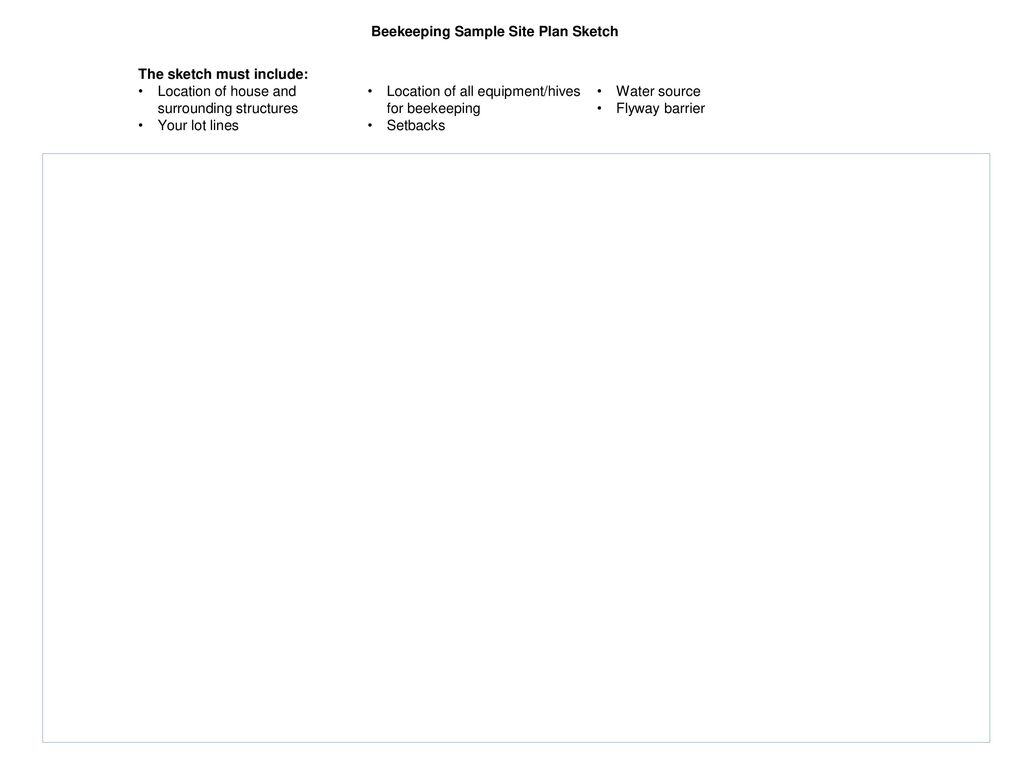



Beekeeping Sample Site Plan Sketch Ppt Download




Migratory Flyway And Geographical Distance Are Barriers To The Gene Flow Of Influenza Virus Among North American Birds Lam 12 Ecology Letters Wiley Online Library
A "flyway barrier" shall consist of a fence, vegetation, hedge, or a combination thereofFlyway barrier required for most hives o Located within 5 feet of hive, extending at least 2 feet on either side o At least 6 feet in height and placed in front of hive entrance o A fresh supply of water must be maintained nearby to prevent bees congregating in a neighborhoods pond No flyway barrier required if beehives are located at least 25 Flyway barrier required for most hives o Located within 5 feet of hive, extending at least 2 feet on either side o At least 6 feet in height and placed in front of hive entrance o A fresh supply of water must be maintained nearby to prevent bees congregating in a neighborhood 's pond No flyway barrier required if beehives are located at



2



2
The ideal barrier is at least 6 feet high and consists of a solid wall, fence, dense vegetation or combina tion thereof and extends 10 or more feet beyond the colony(ies) in each direction This will force the bees to fly at an elevation of at least 6 feet above ground level over the property lines in the vicinity of the apiaryFlyway Barriers Flyway barriers must be used to ensure the bees assume a vertical flight pattern in and out of the hive Flyway barriers must be installed if the colony is less than 25 feet from the property line The flyway barrier must extend 10 feet inA flyway barrier is a barrier consisting of either a wall, solid fence, dense vegetation intended to force bees to fly at least six feet above the hive Water Fresh water must be located within ft of hives Flyway barriers Barriers must be placed parallel between the hive opening and within 25 ft of lot lines Wall and solid fence



The Bee Blind Beesource Beekeeping Forums




Beekeepers Complain Skokie S Proposed Regs Too Restrictive Skokie Il Patch
Migratory flyway and geographical distance are barriers to the gene flow of influenza virus among North American birds Despite the importance of migratory birds in the ecology and evolution of avian influenza virus (AIV), there is a lack of information on the patterns of AIV spread at the intra‐continental scaleBarrier design The lattice fence barrier (AVS Fencing Supplies Ltd; Beehive Flyway The location and direction in which bees fly when exiting a hive Beehive Flyway Barrier A solid wall, fence, or other barrier provided for the purpose of causing bees to fly on an upward trajectory or in an opposing direction from the Beehive Flyway Swarm



2
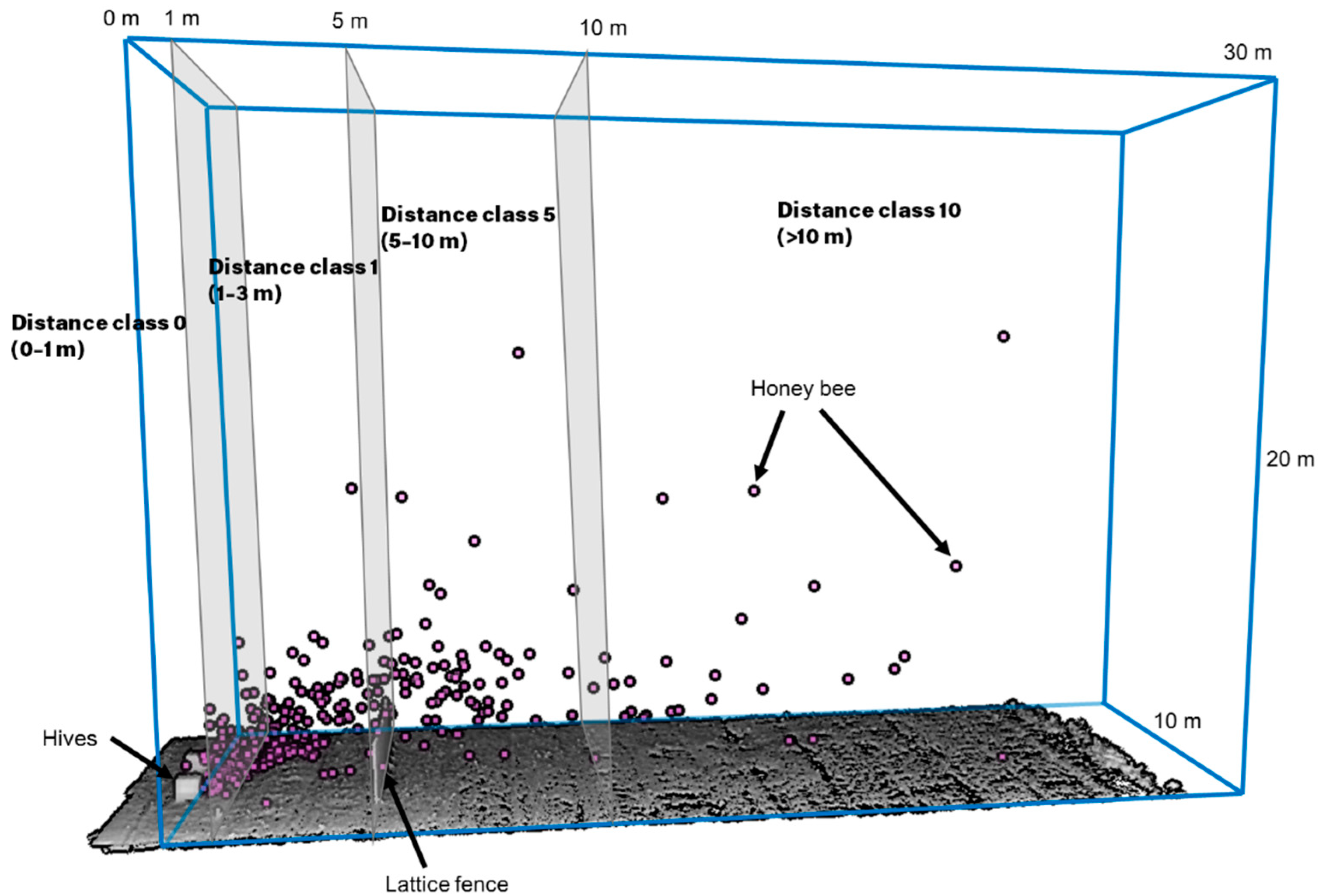



Land Free Full Text Preliminary Experimental Trial Of Effects Of Lattice Fence Installation On Honey Bee Flight Height As Implications For Urban Beekeeping Regulations Html
Flyway Barriers A flyway barrier (ex fence or hedge) six feet tall must be constructed along any part of a property line within feet of a beehive Flyway barriers raise the flight path of bees leaving the beehive, limiting their interactions with nearby residents Hive Types Honey bees must be maintained in beehives with removable combs" A flyway barrier at least six (6) feet in height shall shield any part of a property line that is within twentyfive (25) feet of a hiveBeehive Flyway Barrier shall mean a solid wall, fence, or other barrier provided for the purpose of causing Bees to fly on an upward trajectory or in an opposing direction from the Beehive Beekeeper shall mean any person responsible for the keeping of Bees



2



2
A flyway is a flight path used by large numbers of birds while migrating between their breeding grounds and their overwintering quarters Flyways generally span continents and often pass over oceansAlthough applying to any species of migrating bird, the concept was first conceived and applied to waterfowl and shore birdsThe flyways can be thought of as wide arterial highways to(A) A flyway barrier shall be installed within five feet (5') of the entrance of all beehives on properties of less than five (5) acres in area No flyway barrier is required if the beehive(s) is located fifty feet (50') or more from any property line (B) A flyway barrier shall be a minimum of six feet (6') in heightA flyway barrier at least six (6) feet in height shall shield any part of a property line that is within twentyfive (25) feet of a hive The flyway barrier shall consist of a wall, fence, dense vegetation or a combination thereof and it shall be positioned to transect both legs of a triangle extending form an apex at the hive to each end point




Pdf Lattice Fence And Hedge Barriers Around An Apiary Increase Honey Bee Flight Height And Decrease Stings To People Nearby



2
Yes, the regulations state that within the first year, a beekeeper shall take a beginner/general beekeeping course from an accredited college or university, the State(1) The flyway barrier must consist of a wall, fence, or dense vegetation that requires honey bees to fly over, rather than through, the barrier (2) If a dense vegetation flyway barrier is used, the initial planting may be a minimum of four feet in height, but the vegetation must reach a height of at least six feet within twoTo 10,000 sq ft The applicant must provide a flyway barrier at least 6 feet in height • Agriculture (Limited) allows for the commercial growing of crops as the primary use on a lot of any size No animals are permitted ACCESSORY USES An accessory use is an activity that is secondary and subordinate to the primary use



2



The Bee Blind Beesource Beekeeping Forums



Stpaul Gov



2



Oneonta Ny Us



Missoula Urban Bees Urban Beekeeping Laws Need Change



2
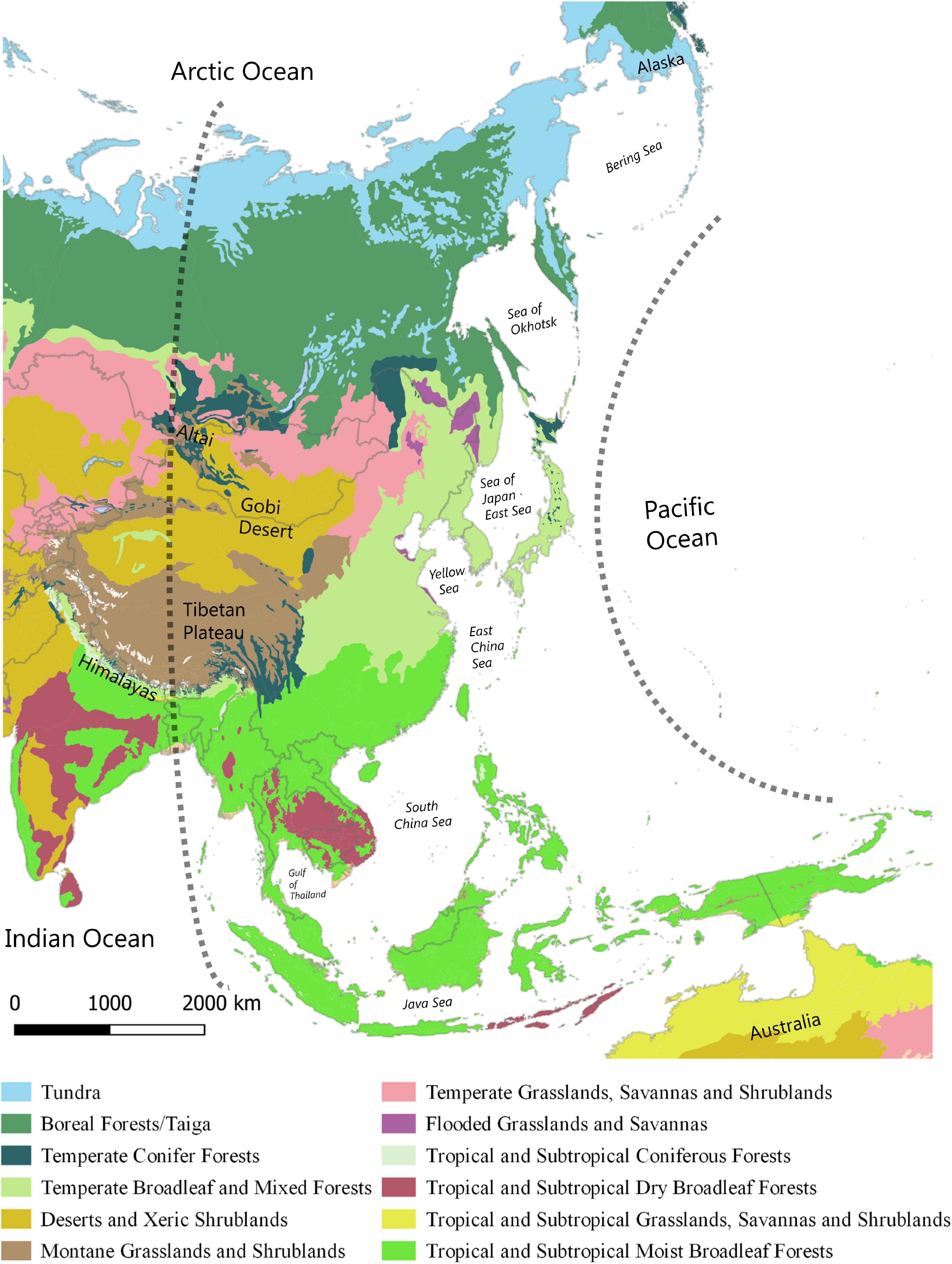



Frontiers The State Of Migratory Landbirds In The East Asian Flyway Distributions Threats And Conservation Needs Ecology And Evolution
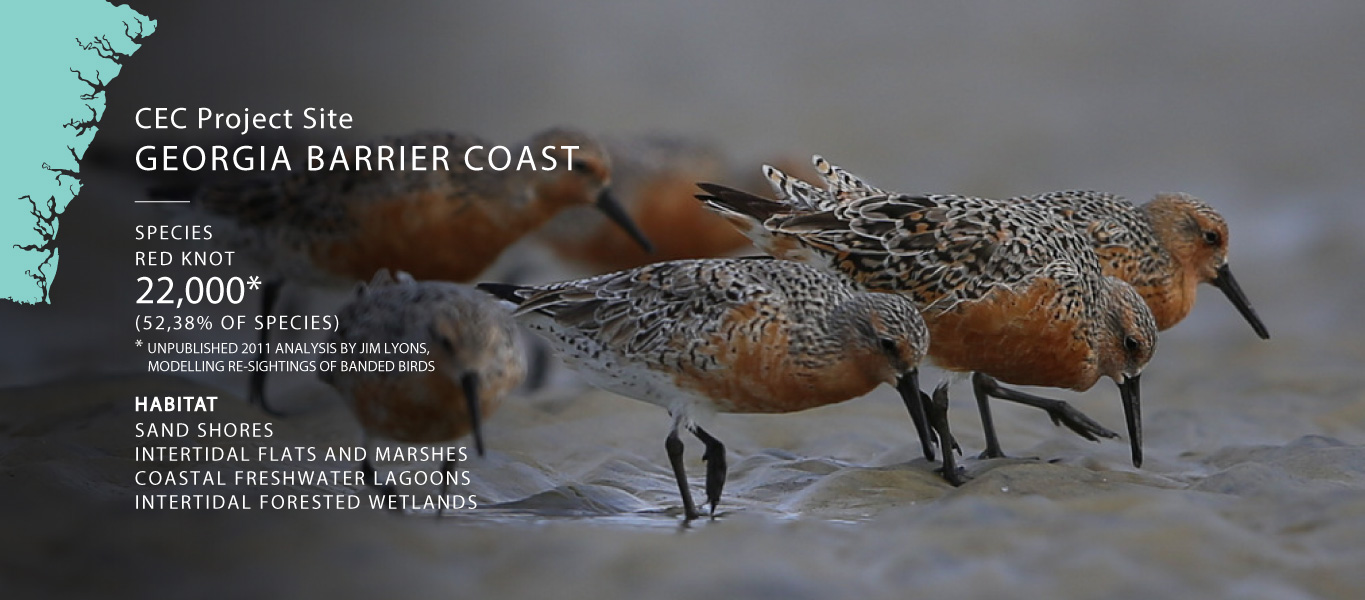



Georgia Barrier Coast Whsrn



Traviscountybeekeepers Org



2




Adaptive Drift And Barrier Avoidance By A Fly Forage Migrant Along A Climate Driven Flyway Movement Ecology Full Text



Eauclairewi Gov



Ci Dayton Or Us



2




Climate Driven Flyway Changes And Memory Based Long Distance Migration Nature




Pdf Bees In The Neighborhood Best Practices For Urban Beekeepers Semantic Scholar



2



2




64 Beekeeping Ideas Beekeeping Equipment Bee Keeping Bee Keeping Supplies



Shorewood Hills Org



Cms8 Revize Com




1 Ecological Barriers For Migratory Peregrines On The Central Asian Download Scientific Diagram



Fabqs Where Should I Place My Hives Bee Bloom




Season And Flyway Specific Individual A Migration Distances And Download Scientific Diagram



2
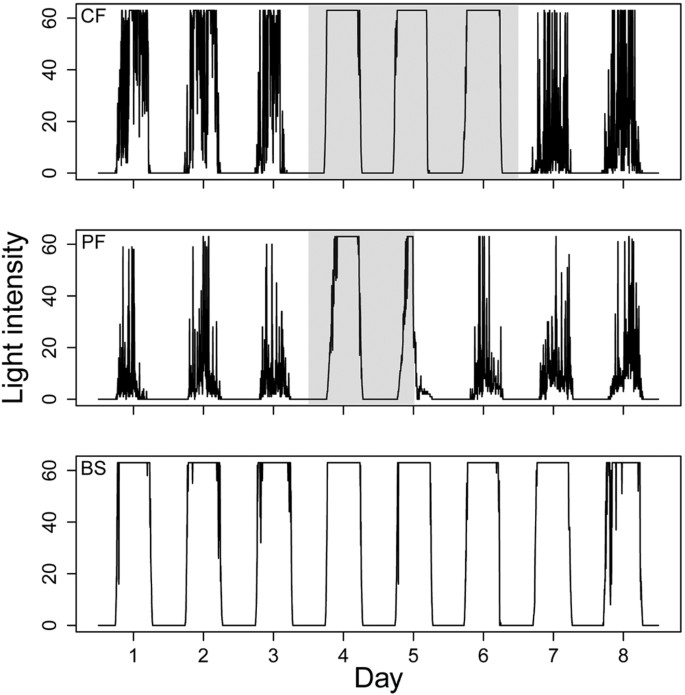



Barrier Crossing In Small Avian Migrants Individual Tracking Reveals Prolonged Nocturnal Flights Into The Day As A Common Migratory Strategy Scientific Reports
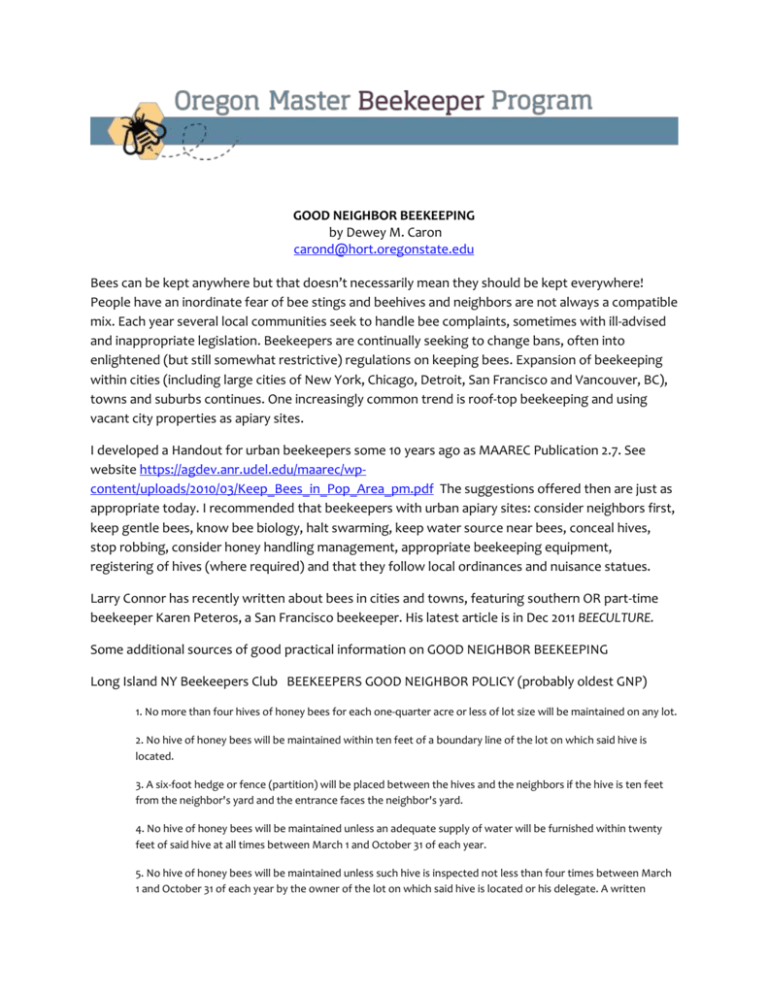



Good Neighbor Beekeeping Dewey Caron




Beekeepers Buzz As Parker Approves Backyard Colonies The Denver Post




Eau Claire Wi S Push For Urban Bees Wisconsin Honeybee Resources Assessment




Journal Of Biogeography Vol 48 No 6




Champions Of The Flyway 16 Northants Birds




Genetic Structure Among Greater White Fronted Goose Populations Of The Pacific Flyway Ely 17 Ecology And Evolution Wiley Online Library
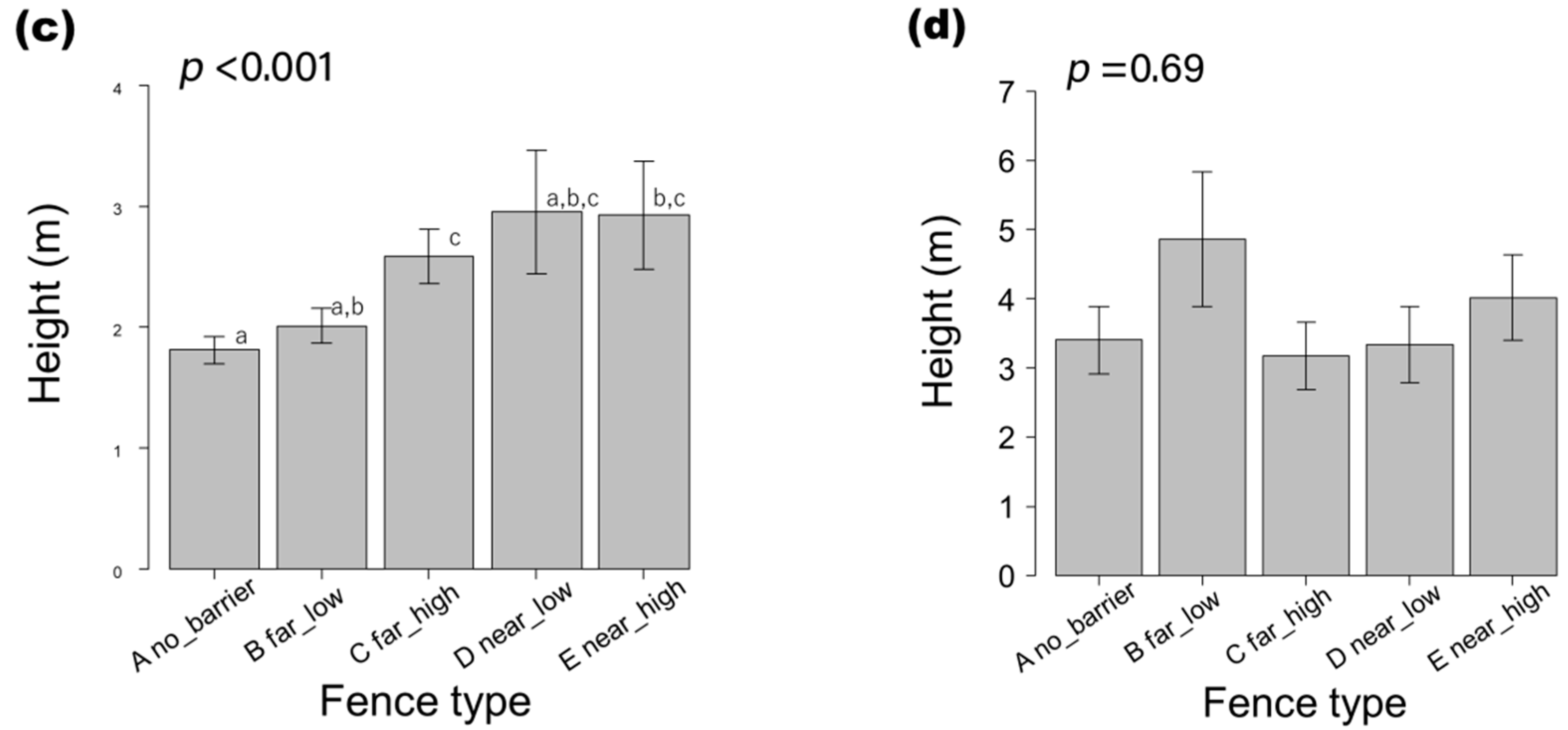



Land Free Full Text Preliminary Experimental Trial Of Effects Of Lattice Fence Installation On Honey Bee Flight Height As Implications For Urban Beekeeping Regulations Html
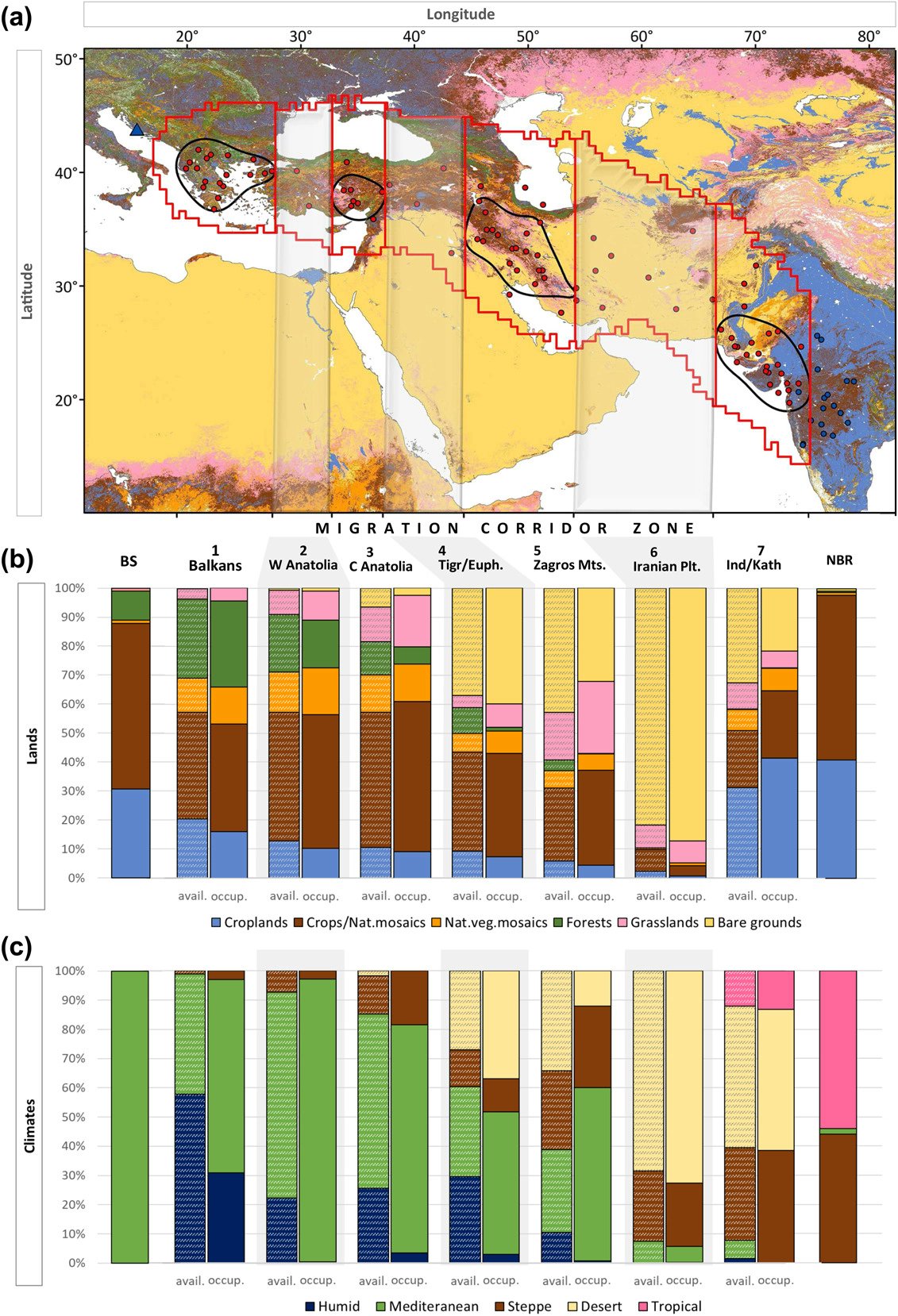



Martins Briedis Biobriedis Twitter



2




Layout Of The Apiary And Surrounding Land At A Wakehurst Place And Download Scientific Diagram
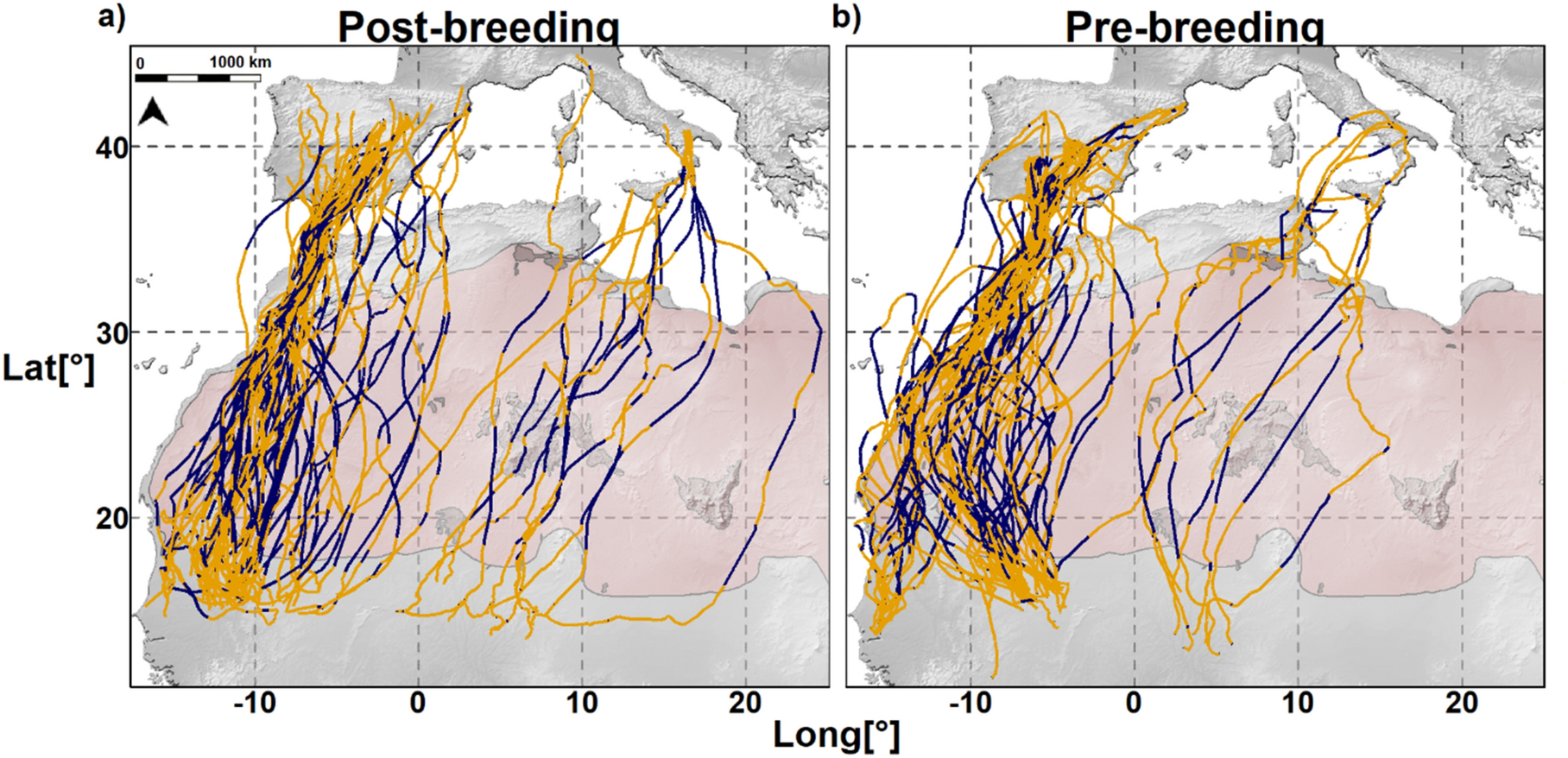



Barrier Crossings And Winds Shape Daily Travel Schedules And Speeds Of A Flight Generalist Scientific Reports



Rifleco Org
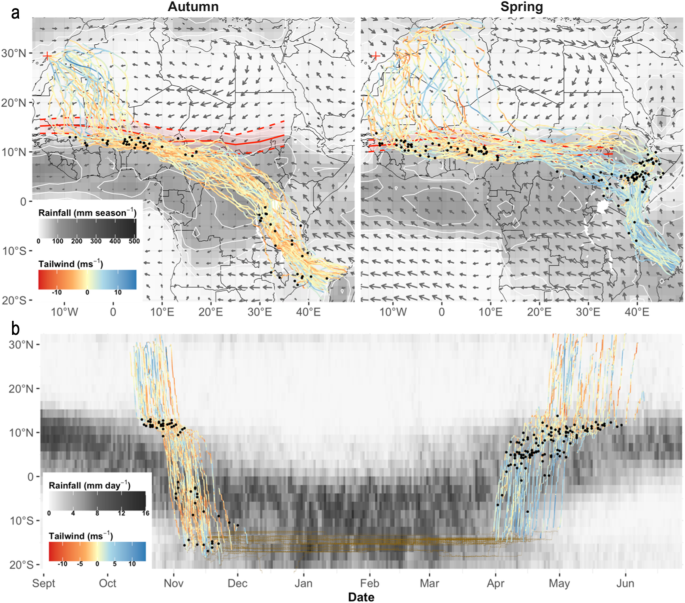



Adaptive Drift And Barrier Avoidance By A Fly Forage Migrant Along A Climate Driven Flyway Movement Ecology Full Text




Keeping Bees In The City Biology Fortified Inc



2



2




Eny115 137 Best Management Practices For Siting Honey Bee Colonies Good Neighbor Guidelines



2



2



2




Magic Gate For Dog Portable Folding Net Gate Dogs Net Barrier Fence Safety Guard For Pets For Home Travel Black 110cm Buy Magic Gate For Dog Portable Folding Net Gate Dogs
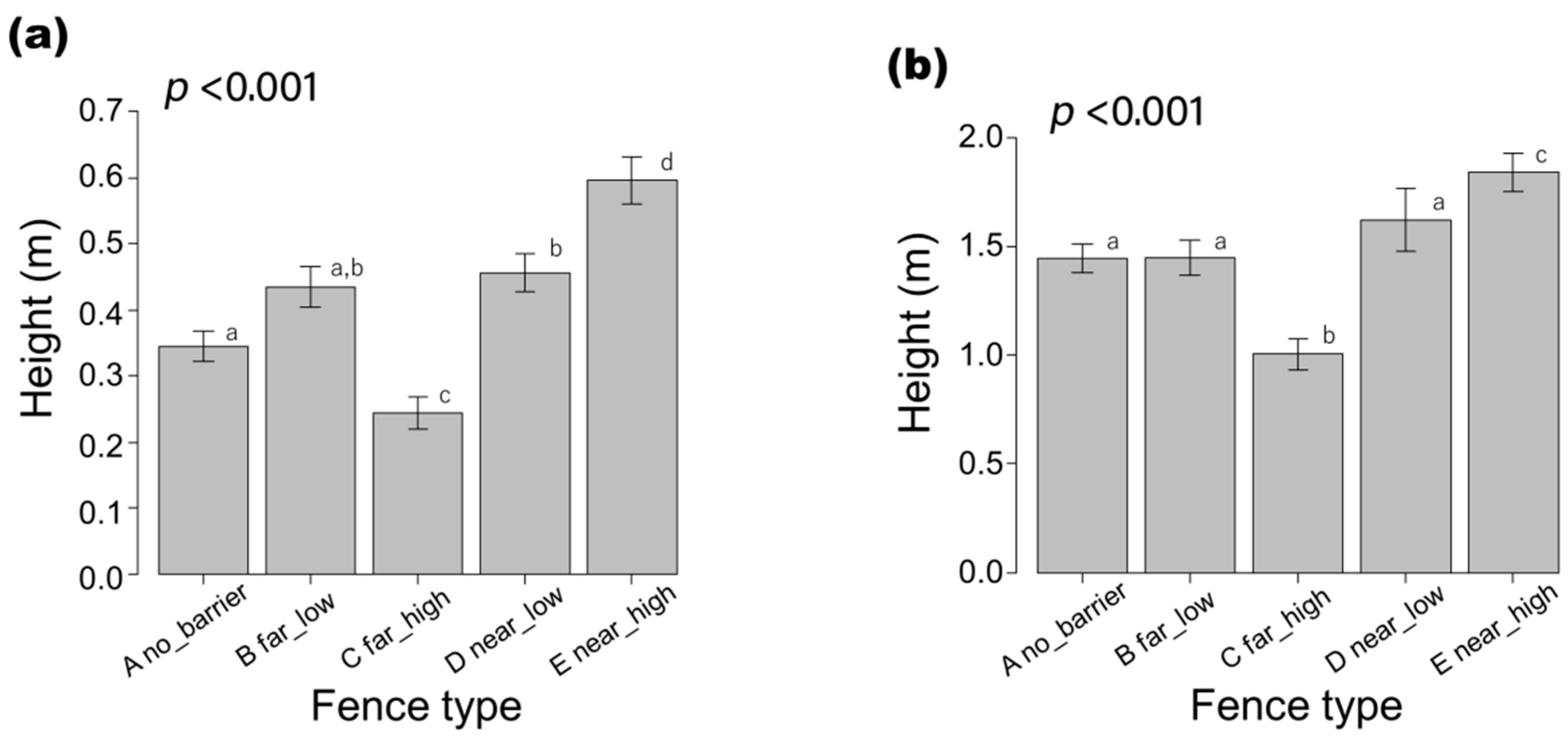



Land Free Full Text Preliminary Experimental Trial Of Effects Of Lattice Fence Installation On Honey Bee Flight Height As Implications For Urban Beekeeping Regulations Html




Flyway Scale Analysis Reveals That The Timing Of Migration In Wading Birds Is Becoming Later Mondain Monval Ecology And Evolution Wiley Online Library



2




Negotiating An Ecological Barrier Crossing The Sahara In Relation To Winds By Common Swifts North African Birds
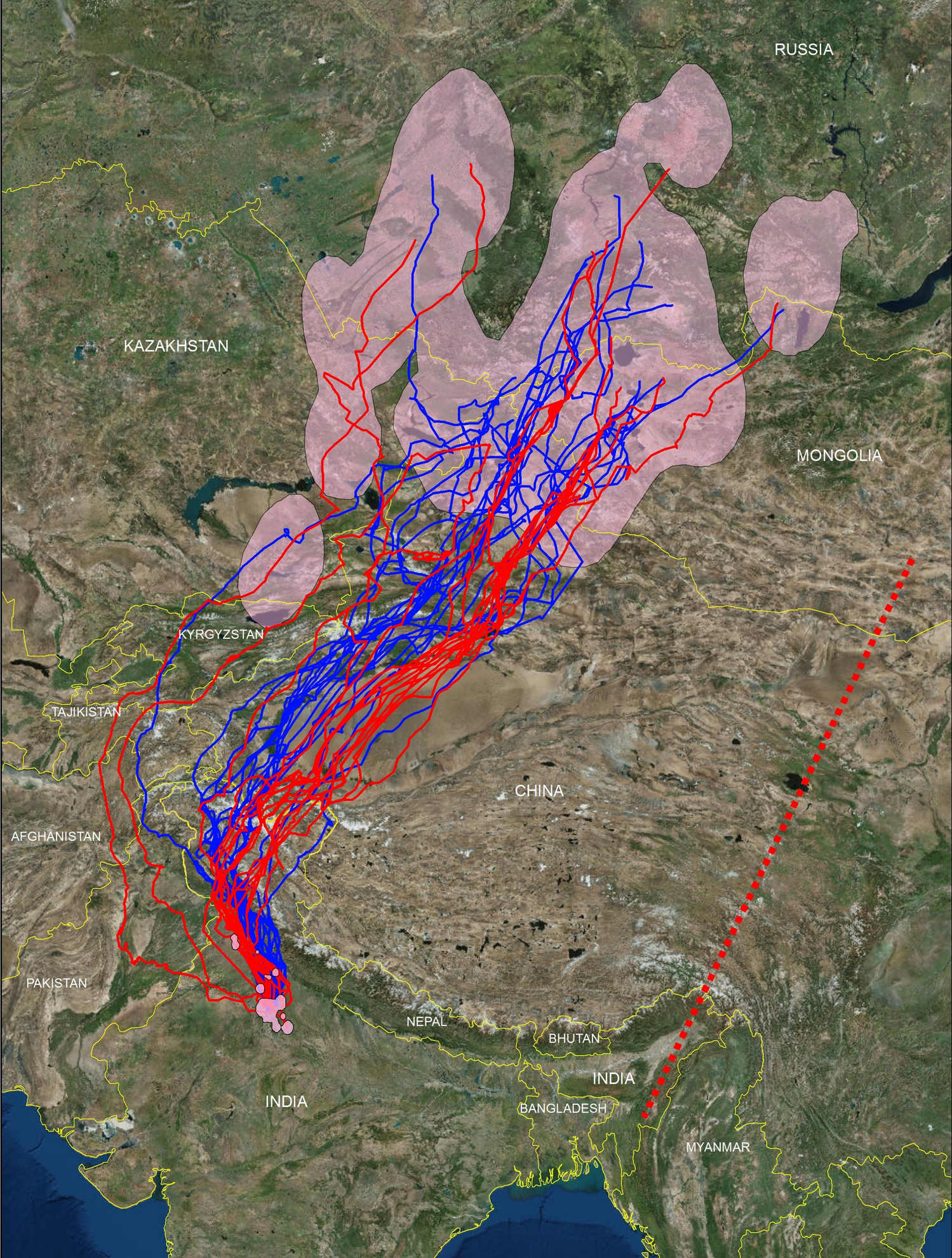



Gps Telemetry Unveils The Regular High Elevation Crossing Of The Himalayas By A Migratory Raptor Implications For Definition Of A Central Asian Flyway Scientific Reports



2




Fairhope Council Receptive To Uber Honeybees And Hen Raising In City Al Com




Flyway Youth Forum Eaaflyway
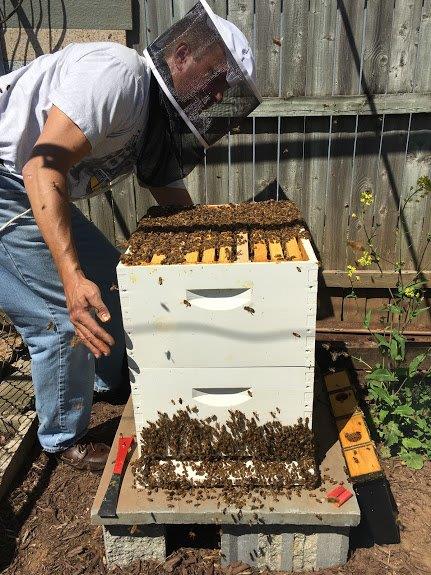



Bees Can Buzz In West Hartford Town Council Approves Beekeeping Ordinance We Ha West Hartford News




Keeping Bees In Portland Portland Gov




Champions Of The Flyway 16 Northants Birds



2



2




Yvonne Verkuil Global Flyway Evolution In Red Knots And Genetic Evidence For A Nearctic Refugium In Preprint Authorea Jesse Conklin Et Al Globalflyway Redknot Waders Battleyphil T Co Eoo2flcytk T Co Aiwduiovgf



2



2




Atlantic Flyway Wikipedia



Villageoffoxpoint Com



Webdocs Northglenn Org




Petr Prochazka Cikovicdavor Et Al 21 Tracking Migration Of Black Headed Buntings Emberiza Melanocephala Reveals The Iranian Plateau As An Ecological Barrier Along The Indo European Flyway Avianbiology T Co Nmsbpqpozb




Pdf Citrine Wagtail Migration On The Indo European Flyway A First Geolocator Track Reveals Alternative Migration Route And Endurance Flights To Cross Ecological Barriers
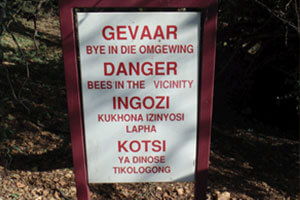



Mitigating The Potential Threat Your Bees And Beekeeping Activities Pose To Other People American Bee Journal
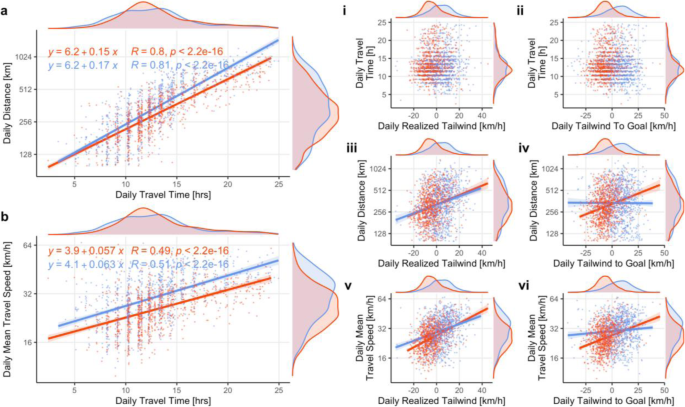



Adaptive Drift And Barrier Avoidance By A Fly Forage Migrant Along A Climate Driven Flyway Movement Ecology Full Text




Keeping Bees In The City Biology Fortified Inc




Migratory Flyway And Geographical Distance Are Barriers To The Gene Flow Of Influenza Virus Among North American Birds Lam 12 Ecology Letters Wiley Online Library




Adaptive Drift And Barrier Avoidance By A Fly Forage Migrant Along A Climate Driven Flyway Movement Ecology Full Text



2



2



コメント
コメントを投稿